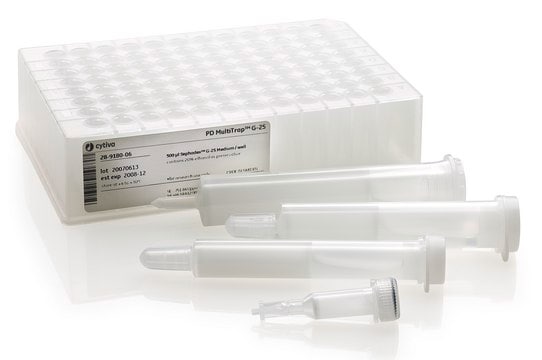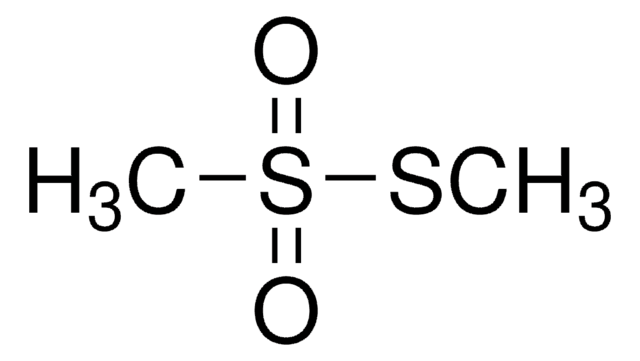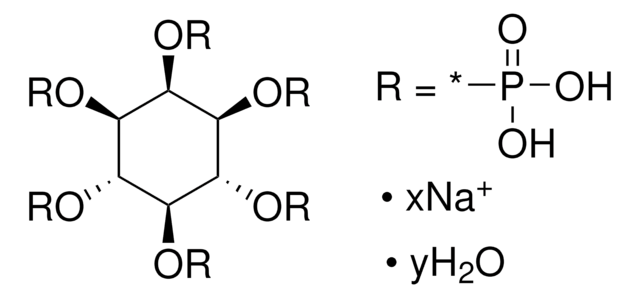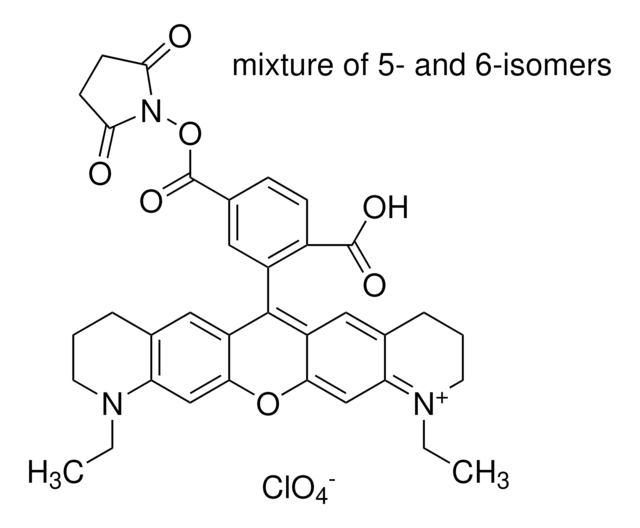A1935
Photobiotin acetate salt
For labeling DNA probes for hybridizations
Synonyme(s) :
Biotin {3-[3-(4-azido-2-nitroanilino)-N-methylpropylamino]propylamide} acetate salt, N-(4-Azido-2-nitrophenyl)-N′-(3-biotinylaminopropyl)-N′-methyl-1,3-propanediamine acetate salt
About This Item
Produits recommandés
Qualité
for molecular biology
Niveau de qualité
Essai
≥95%
Forme
film or powder
Solubilité
H2O: 10 mg/mL (Stable for at least 5 months if kept frozen and protected from light.)
Température de stockage
−20°C
Chaîne SMILES
CC(O)=O.CN(CCCNC(=O)CCCC[C@@H]1SCC2NC(=O)NC12)CCCNc3ccc(cc3[N+]([O-])=O)N=[N+]=[N-]
InChI
1S/C23H35N9O4S.C2H4O2/c1-31(12-4-10-25-17-9-8-16(29-30-24)14-19(17)32(35)36)13-5-11-26-21(33)7-3-2-6-20-22-18(15-37-20)27-23(34)28-22;1-2(3)4/h8-9,14,18,20,22,25H,2-7,10-13,15H2,1H3,(H,26,33)(H2,27,28,34);1H3,(H,3,4)/t18-,20-,22-;/m0./s1
Clé InChI
FFBLNTOMOSLSQM-AYEYRVMASA-N
Vous recherchez des produits similaires ? Visite Guide de comparaison des produits
Description générale
Application
Actions biochimiques/physiologiques
Attention
Produit(s) apparenté(s)
Code de la classe de stockage
11 - Combustible Solids
Classe de danger pour l'eau (WGK)
WGK 3
Point d'éclair (°F)
Not applicable
Point d'éclair (°C)
Not applicable
Équipement de protection individuelle
Eyeshields, Gloves, type N95 (US)
Faites votre choix parmi les versions les plus récentes :
Déjà en possession de ce produit ?
Retrouvez la documentation relative aux produits que vous avez récemment achetés dans la Bibliothèque de documents.
Notre équipe de scientifiques dispose d'une expérience dans tous les secteurs de la recherche, notamment en sciences de la vie, science des matériaux, synthèse chimique, chromatographie, analyse et dans de nombreux autres domaines..
Contacter notre Service technique







